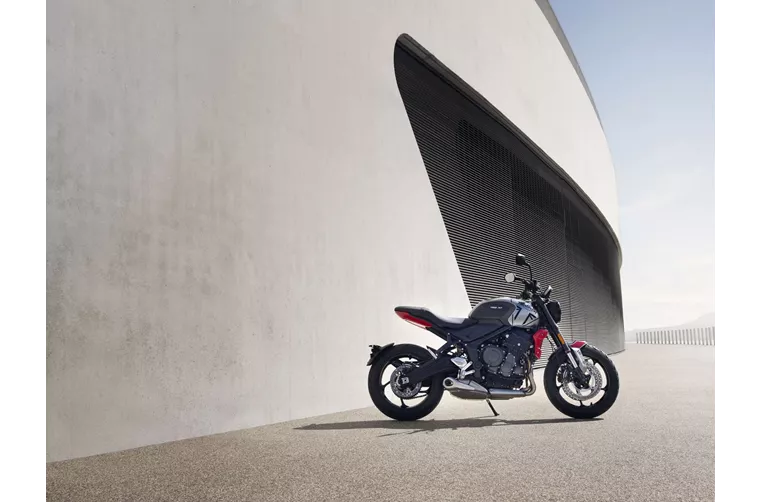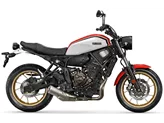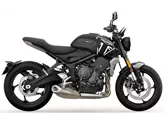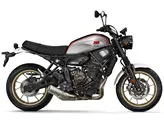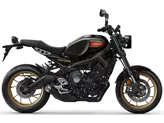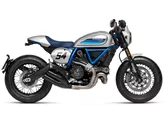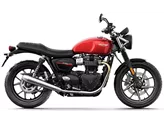Yamaha XSR700 2017 vs. Triumph Trident 660 2021

Yamaha XSR700 2017
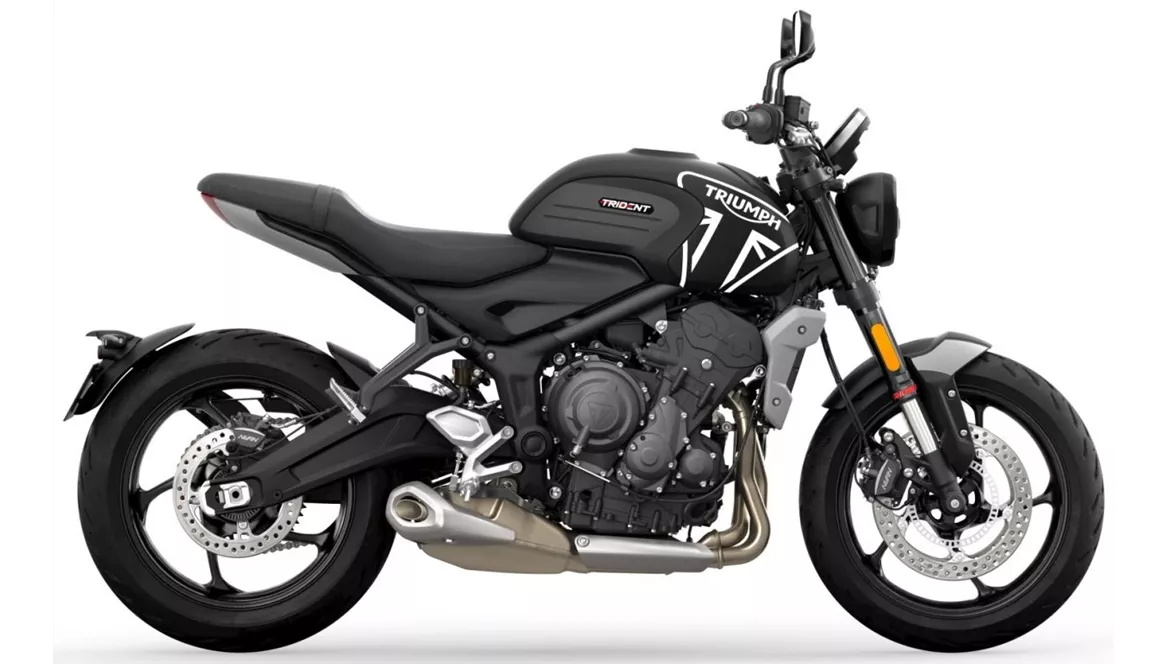
Triumph Trident 660 2021
Overview - Yamaha XSR700 2017 vs Triumph Trident 660 2021
When comparing the Yamaha XSR700 2017 and the Triumph Trident 660 2021, it is evident that both bikes have their own unique strengths and weaknesses.
Starting with the Yamaha XSR700 2017, one of its main strengths lies in its engine. With an inline, two-cylinder engine, it produces a respectable 75 horsepower and 68 Nm of torque. This engine is known for its smooth power delivery and excellent performance. Additionally, the XSR700 boasts solid workmanship and a cool retro look, making it visually appealing to riders. It also offers a large range of original accessories, allowing riders to customize their bike to their liking. Another notable strength is the XSR700's automatic gearshift, which provides seamless and effortless gear changes. The sporty and tight chassis of the XSR700 enhances its overall performance, making it a joy to ride for both young and old riders alike.

Yamaha XSR700 2017
On the other hand, the Triumph Trident 660 2021 has its own set of strengths. The most notable one is its powerful three-cylinder engine, which produces 81 horsepower and 64 Nm of torque. This engine provides a thrilling riding experience and sets the Trident 660 apart from its competitors. The chassis and brakes of the Trident 660 are surprisingly good for its class, offering excellent handling and stopping power. The bike also comes equipped with extensive electronic equipment, including ABS, riding modes, and traction control. Additionally, the Trident 660 offers an optional quickshifter with blipper, allowing for seamless and effortless gear changes. The controls on the Trident 660 are simple and accessible, making it easy for riders to navigate and operate the bike.
Moving on to the weaknesses of each bike, the Yamaha XSR700 2017 has a few areas that could be improved. The readability of the display can be an issue, as some riders may find it difficult to read in certain lighting conditions. The license plate holder is also a matter of taste, as some riders may not like the design. Additionally, there may be a lack of consistency in some design details, which can be subjective. Lastly, due to its retro design, the XSR700 may have poor wind protection when riding at high speeds.
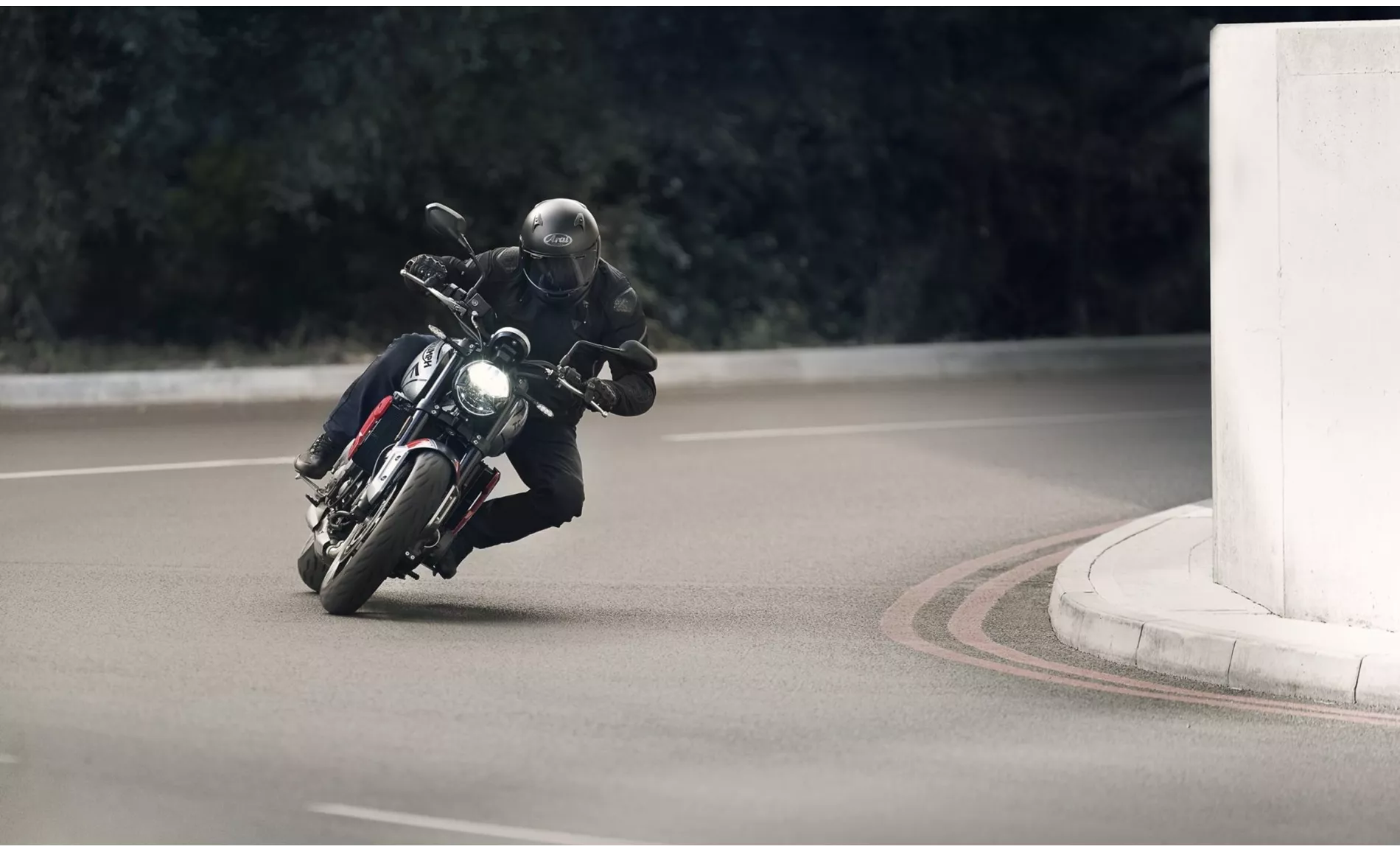
Triumph Trident 660 2021
As for the Triumph Trident 660 2021, its main weakness lies in its traction control system. Some riders may find it to be overly defensive, limiting the bike's performance in certain situations.
In conclusion, both the Yamaha XSR700 2017 and the Triumph Trident 660 2021 have their own unique strengths and weaknesses. The XSR700 excels in its engine performance, workmanship, and retro aesthetic, while the Trident 660 stands out with its powerful three-cylinder engine, excellent chassis and brakes, and extensive electronic equipment. However, the XSR700 may have issues with display readability and wind protection, while the Trident 660's traction control system may be overly conservative. Ultimately, the choice between these two bikes will depend on the rider's preferences and priorities.
Technical Specifications Yamaha XSR700 2017 compared to Triumph Trident 660 2021
Pros and Cons in comparison
Pros and Cons in comparison
Yamaha XSR700 2017

The XSR is the perfect everyday bike for me. It is visually a feast for the eyes, has an incredible amount of power, but is still light and agile. The seating position allows longer rides, as the luggage can be carried on the back without any problems. The XSR itself doesn't know exactly what it wants to be now. But I find the resulting mix quite exciting. So if you don't want to (or can't) have different bikes in the garage, the XSR is a very good choice. served very well. It has everything you expect from a motorbike. In a hotel, one would speak of an all-inclusive offer. It is perfect for It is perfect for the daily ride to the office, for weekend excursions and smaller tours to the south. Even with a pillion, the bike is very easy to move. As usual from Yamaha, the bike makes a very solid impression. Everything simply works here. The exhaust is pleasantly quiet, but from 5000 rpm it produces a very appealing and throaty sound. The rear end is a matter of taste. Personally, I would rebuild the rear and remove the plastic elements. I also find the standard mirrors a little large. The retro look was not quite carried through here. However, this can be changed very quickly and easily thanks to the many accessories. The instrument panel is basically easy to read. However, a lot of information is space. Here, design and functionality clash a little. Summarised in one sentence: The perfect bike for every challenge.
Triumph Trident 660 2021
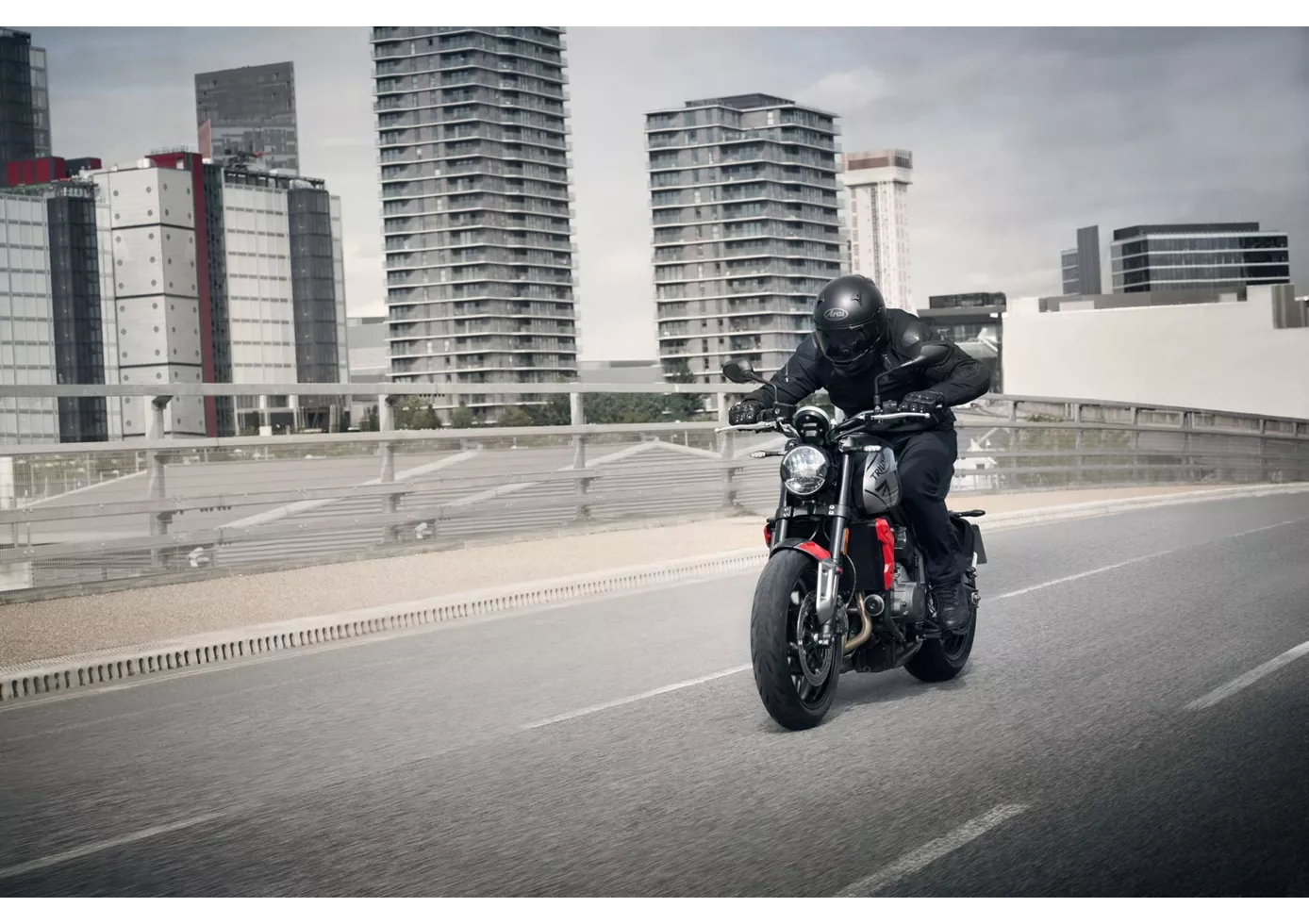
You can tell that the Trident is a new bike. Triumph has developed the necessary ingredients for the year 2021 with pinpoint accuracy. Cheeky but not intrusive sound, a lively engine and a comprehensive electronics package including quickshifter are simply fun. A casual motorbike that even experienced riders can have a lot of fun riding.
Price Comparison Avarage Market Price Yamaha XSR700 vs Triumph Trident 660
There are a few key differences between a Yamaha XSR700 2017 and a Triumph Trident 660 2021. In terms of price, the actual average price of a Triumph Trident 660 2021 is about 16% higher. Compared to Triumph Trident 660 2021 there are less Yamaha XSR700 2017 bikes available on the 1000PS.de Marketplace, specifically 7 compared to 23. It takes less time to sell a Triumph Trident 660 with 85 days compared to 91 days for the Yamaha XSR700. Since model year 2015 1000PS.de editors have written 26 reviews for the Yamaha XSR700 and 20 reviews for the Triumph Trident 660 since model year 2021. The first review for the Yamaha XSR700 was published on 22/07/2015 and now has more than 13,700 views. This compares to more than 76,700 views for the first review on Triumph Trident 660 published on 30/10/2020.

